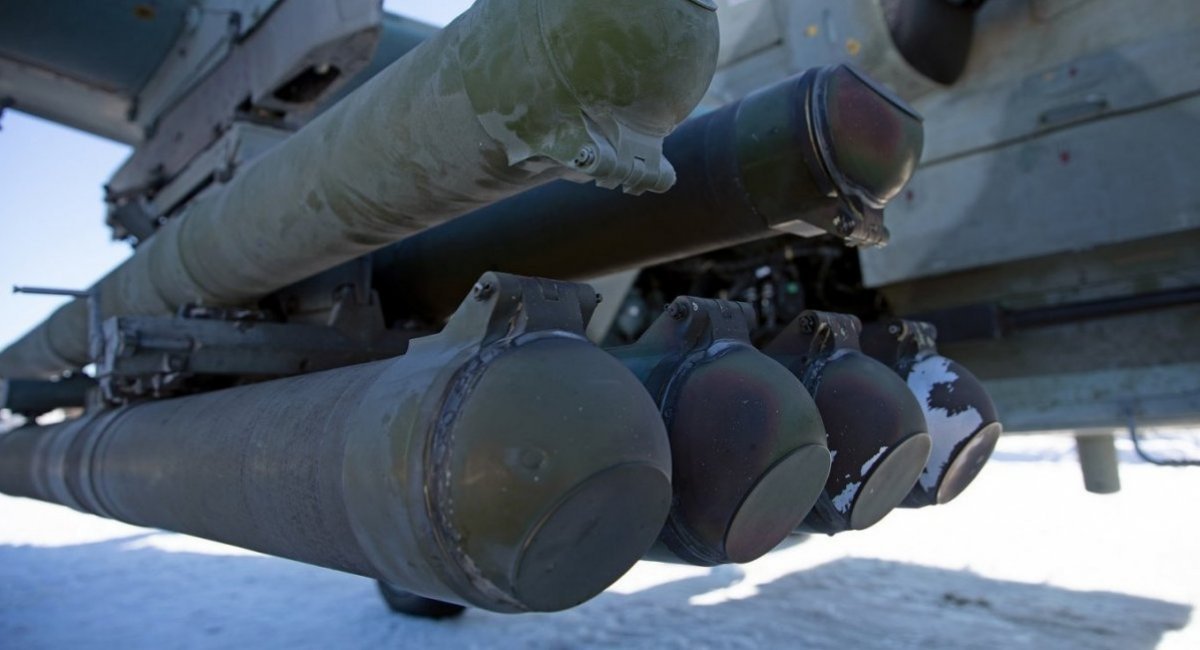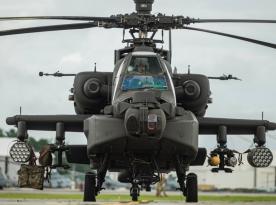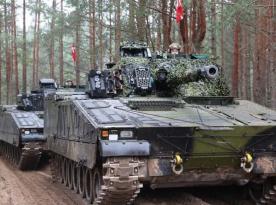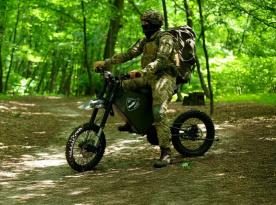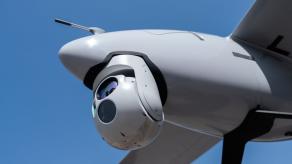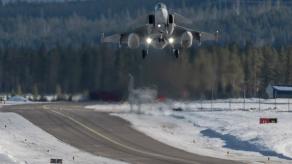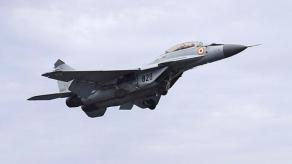russian designers recently claimed that they had adapted the Vikhr ATGM for use against large drones. While this may sound threatening, the missile has had similar functionality for more than three decades.
In a recent interview with russian media, Alan Lushnikov, head of the Kalashnikov Concern, stated that the design work had already been completed and that the missile only requires flight testing before entering serial production.
Read more: russian Plans to Modify Vikhr-1 Missile for Its Usage with Drones Became Known
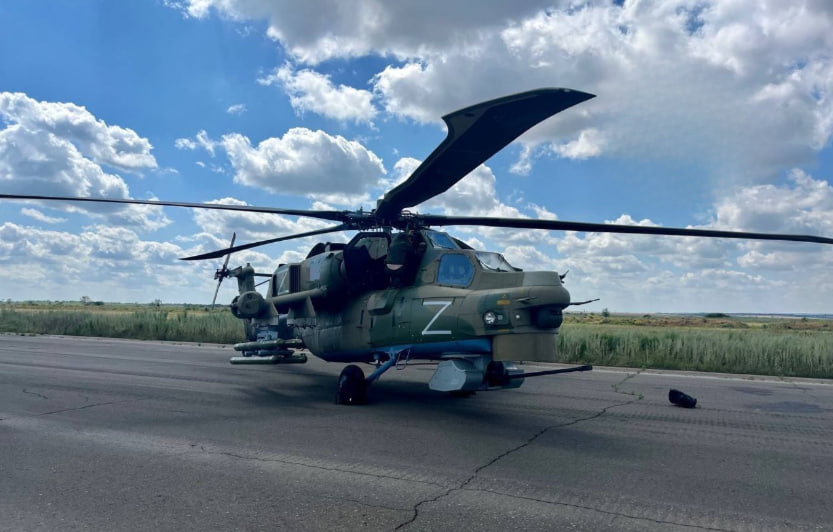
The Vikhr ATGM employs semi-active laser guidance and is launched from Mi-28NM and Ka-52 helicopters. Despite its drawbacks, such as the need for the helicopter to hover and its limited range of 10 km, the missile has proven effective against Ukrainian armored vehicles.
For comparison, both the Armed Forces of Ukraine and even the U.S. military have successfully employed 70 mm APKWS rockets against drones. However, those launches were carried out from ground platforms and fixed-wing aircraft, not helicopters.
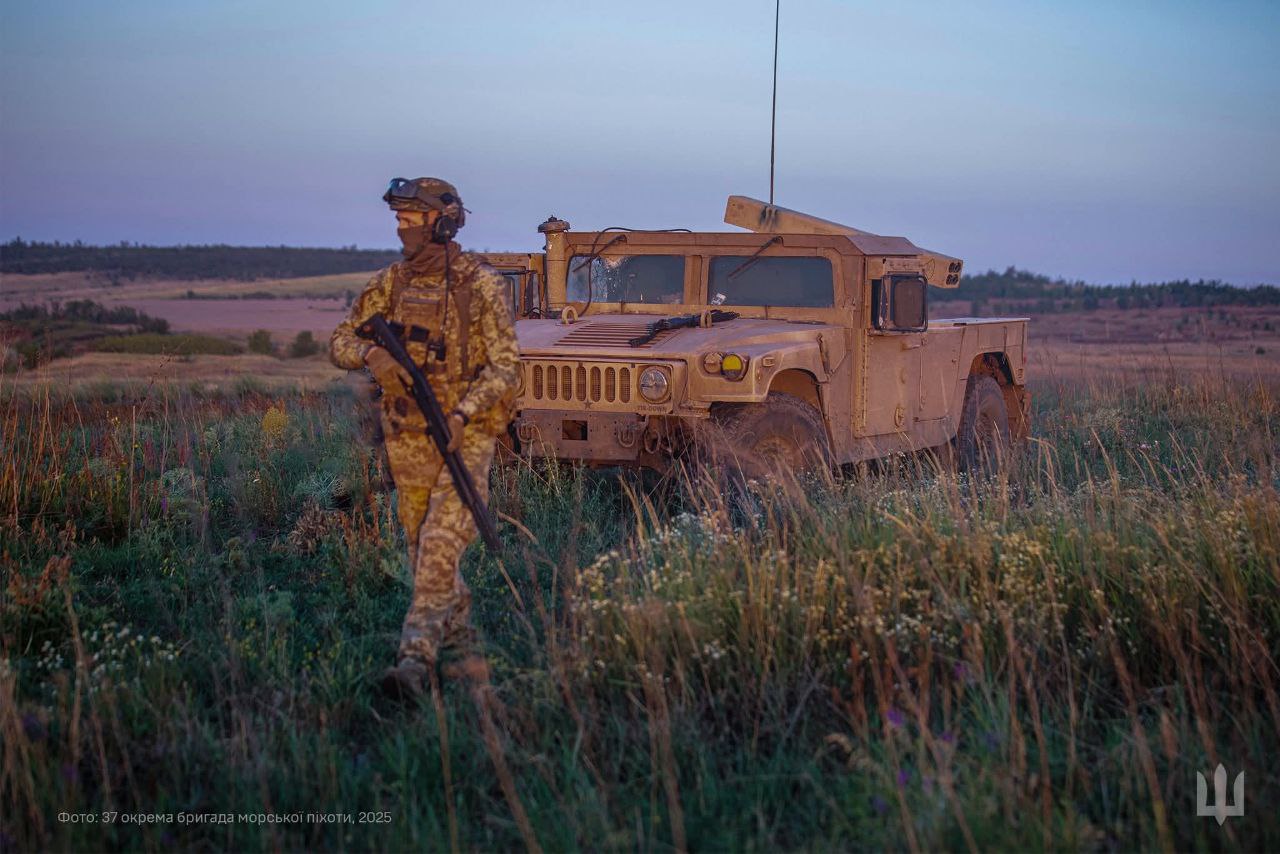
As for the Vikhr upgrade, it is worth recalling that when the missile was first introduced in 1985, it was already equipped with three types of fuzes: combined, contact, and proximity.
The proximity fuze, which is the most relevant feature for countering drones, was originally designed to increase the missile's effectiveness against aerial targets. It reportedly had an activation radius of up to 5 meters.
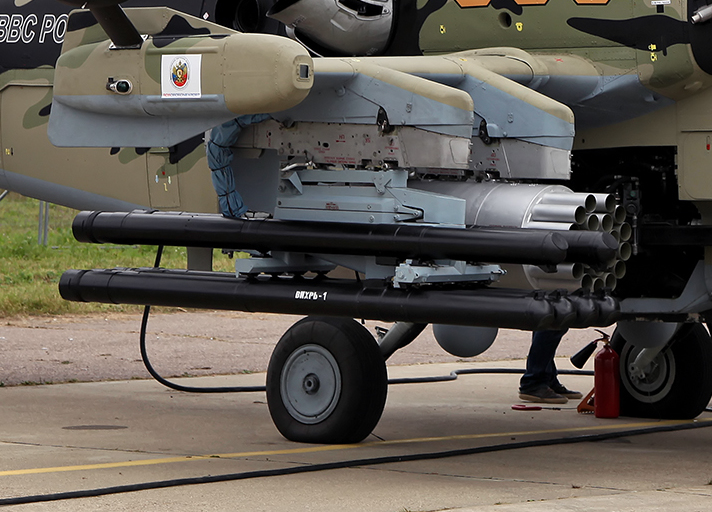
Thus, Kalashnikov is once again attempting to sell outdated Soviet-era technology to the russian military under the guise of innovation. While the updated version may indeed benefit from a modernized component base and improved reliability, it is unlikely to offer anything fundamentally new.
In reality, this is yet another case of corruption within russia's defense industry, which continues to recycle decades-old designs instead of producing genuine innovations, all while long-stalled projects, such as the 25-year modernization of the Admiral Nakhimov nuclear-powered cruiser, remain unfinished.
Read more: How Much russia Pays for Shahed Now, Down From $300,000 Per Drone in 2022




